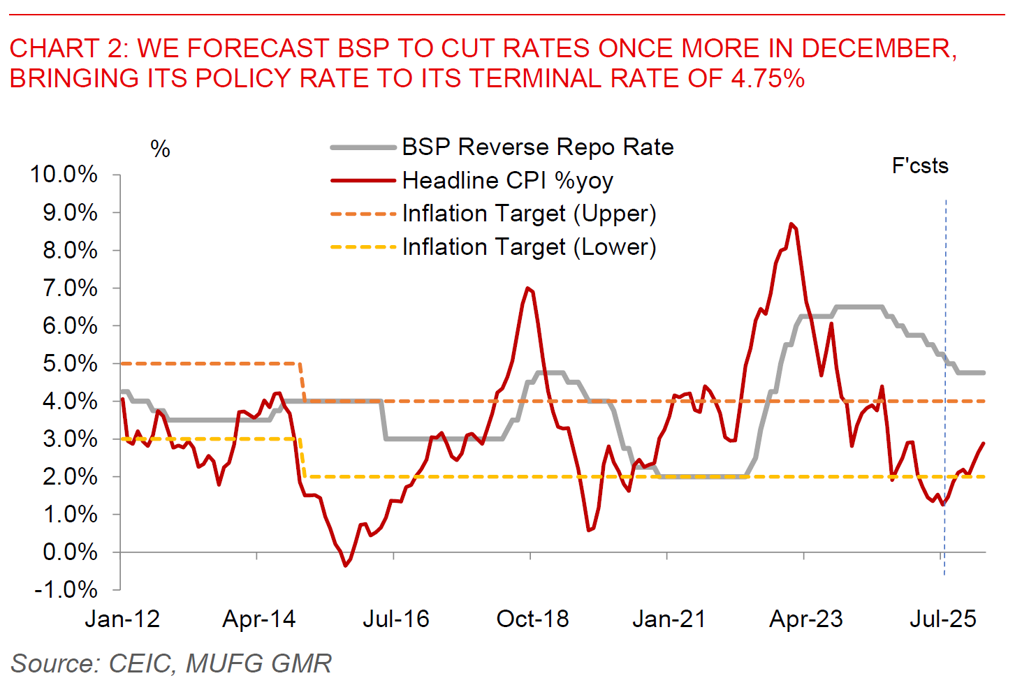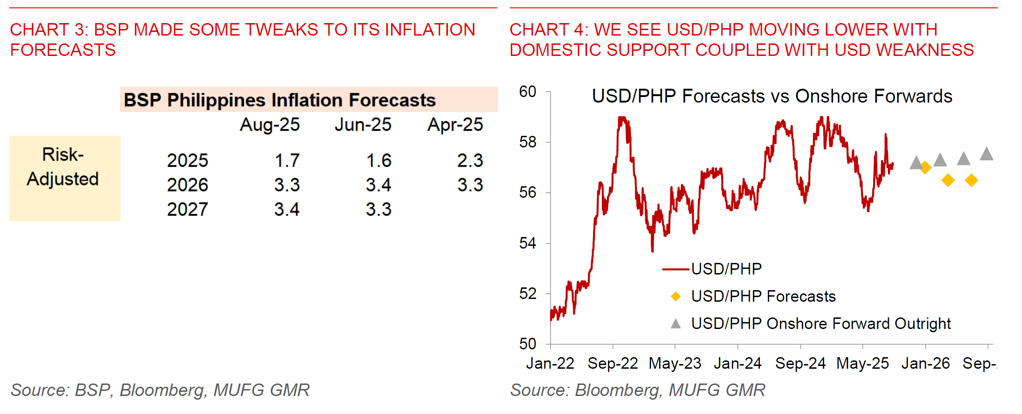Ahead Today
G3: US PCE Inflation, US Personal Income and Spending, US University of Michigan Sentiment
Asia: Philippines Trade Balance, Thailand Current Account, India GDP
Market Highlights
Across global markets, the key theme was renewed Dollar weakness and also stronger CNH/CNY, as markets continued to process - perhaps belatedly – the implications on Fed independence from President Trump’s unprecedented attempt to fire a sitting Fed Governor. Governor Lisa Cook sued Trump in a lawsuit filed yesterday, arguing Trump’s claim that Cook may have lied on mortgage applications is not sufficient cause to fire her because the alleged conduct is unproven and took place before her Senate confirmation. Apart from the broad Dollar Index, the important market mover was also USD/CNH certainly relative to its more stable movements through 2025, with CNH finally seeing some nascent signs of benefitting both from a weaker Dollar and also the improvement in Chinese onshore equities. There are perhaps some specific drivers for Chinese risk assets, including policy developments in anti-involution. In addition, Deepseek’s recent V3.1 model features a new data processing format under “UE8MO FP8”, which is reportedly tailored for the next generation of domestically produced AI chips in China. Whether these drivers are sustainable and perhaps a second Deepseek moment is unclear, but to some extent we see this reflected in some specific names most famously Cambricon Technologies.

In Asia, both the Philippines and South Korean central banks released their monetary policy decisions yesterday (28 Aug). In particular, the Philippines central bank cut rates by 25bps bringing its key policy rate to 5.00% from 5.25% previously. This was in line with both our own expectations and the consensus forecasts. The BSP’ post policy press conference continued to contain a dovish tilt, but importantly less so than before and as such likely signalling that we are potentially nearing the end of the easing cycle. There were some small tweaks to the inflation forecasts for this year, but the key message from BSP Governor Remolona is that it is now “slightly less” dovish than before, with projected inflation where BSP wants it to be, and output moving to where they think the Philippines’ capacity is – in other words the policy rate roughly at the “goldilocks rate” or the “sweet spot both for inflation and output”. According to the Governor, there is still a possibility for another rate cut with a key uncertainty being the impact of US tariff policies on global trade and investment. We currently forecast BSP to cut rates once more to its terminal rate of 4.75%, but likely in its December meeting rather than in October. Meanwhile from an FX perspective we are biased to see USD/PHP moving lower to the 56.50 handle over time, on the back of benign inflation, higher FDI inflows, and strong infrastructure.


Meanwhile, the Bank of Korea kept its 7-day repurchase rate at 2.50% and maintained its rate cut stance, but said in its statement that it would hold rates for the time being as it monitors household debt risks and the impact of US tariffs. Directionally another rate cut remains on the table, with five out of six board members open to lowering the rate in the next 3 months according to BOK Governor Rhee Chang Yong, with one member even favouring a rate cut at the August monetary policy meeting. Nonetheless BOK Governor also balanced that by saying that while stimulus is necessary, additional rapid rate cuts could trigger stronger side effects such as “higher housing prices and greater household debt, outweighing the positive impact on growth”. With the BOK forecasting tariffs cutting GDP growth by 0.45pp in 2025 and 0.6pp in 2026, we are biased to see further rate cuts by BOK both for this year and also in 2026.
From an FX perspective, the South Korean won rose after BOK Governor Rhee said that the BOK’s FX intervention over the past one to two years have been aimed to limit the KRW’s fall (rather than push back against strength), while the US Treasury is engaged in FX discussions with “several Asian countries” including South Korea.
